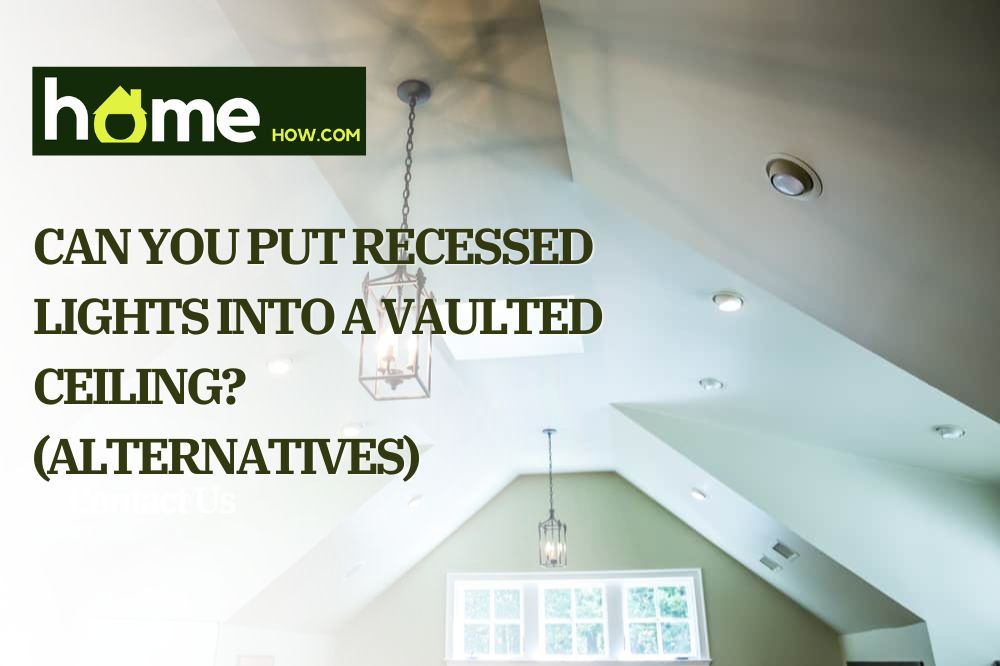If you’re looking to add some extra lighting to your home but don’t want it to be too obvious, recessed lights might be a good option for you. But can you put them in a vaulted ceiling?
The answer is yes – but there are a few things you need to know before getting started. Keep reading to learn more.
Can Recessed Lights Be Installed In A Vaulted Ceiling?
A sloped ceiling can make a room look elegant, but finding lighting can be a bit tricky for this type of ceiling. Recessed lights provide both ambient and task lighting, and they can help to improve the appearance of a room by creating the illusion of more space.
When installing recessed lights in a vaulted ceiling, it is important to follow all manufacturer’s instructions carefully.
In general, recessed lights should be spaced evenly throughout the ceiling, and they should be installed at least four inches away from any walls or other obstructions.
It is also important to make sure that the electrical box for each light is properly secured to a joist or other support beam. With proper planning and installation, recessed lights can help to transform a room with a vaulted ceiling into a truly stunning space.
What To Keep In Mind When Choosing Recessed Lighting For Vaulted Ceilings
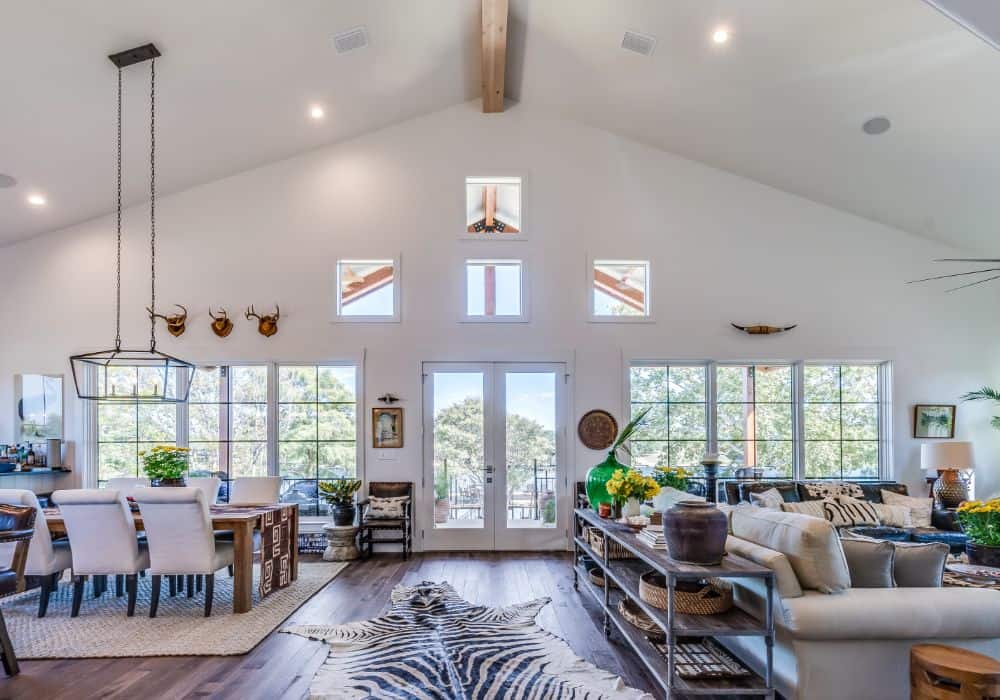
One of the best ways to illuminate a vaulted ceiling is with recessed lighting. These fixtures are designed to be embedded in the ceiling, which helps to create an even wash of light. When choosing recessed lighting for a vaulted ceiling, it is important to keep a few key things in mind.
1. Heights and angles
When choosing recessed lighting for a vaulted ceiling, it is essential to consider both the height of the ceiling and the angle of the slope. For ceilings that are more than eight feet tall, it is best to use 4-inch or 6-inch lights. These lights will provide adequate illumination without being too overwhelming.
Shallow recessed lighting housings are designed for shallower ceiling depths than standard recessed light housings. They are available in a variety of sizes, depending on the manufacturer.
2. Styles
There are a variety of trims and Housing styles available, so you can choose the one that best fits the design of your room.
The most common type of recessed lighting is the standard downlight trim, which is perfect for general illumination in any room. Gimbal and eyeball trims are a type of adjustable recessed lighting style.
One advantage of adjustable recessed lighting is that it can be directed to specific areas, allowing you more control over your lighting level. For a more modern touch, try a linear light, which offers a clean, sleek look.
Can lights are also a popular option for recessed lighting. Can lights are available in a wide range of sizes, styles, and finishes to suit any type of decor.
3. Lighting requirements
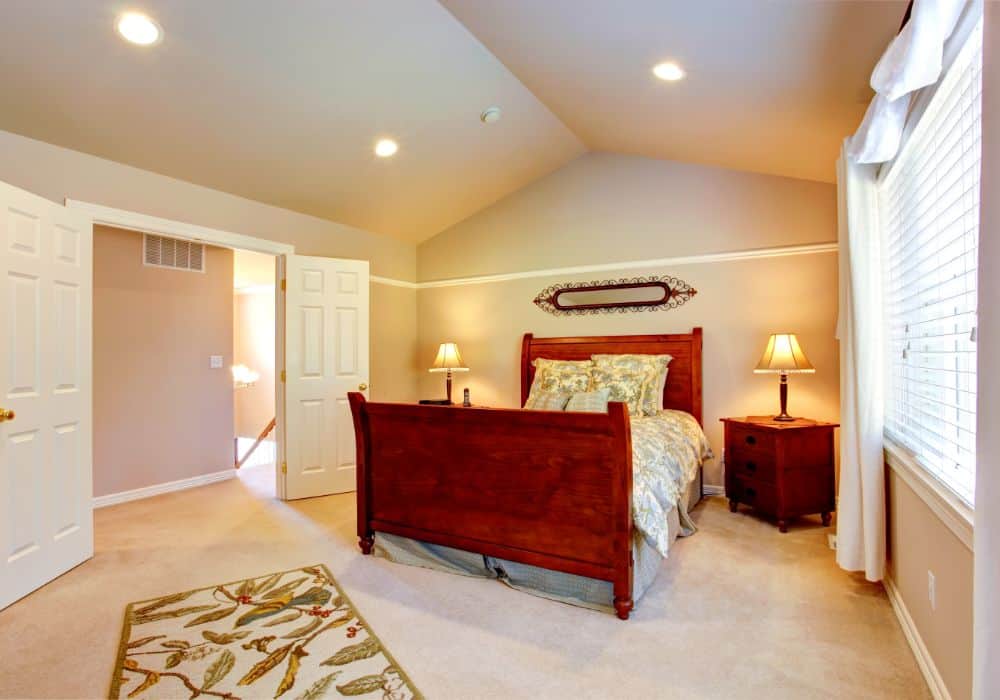
It is also important to consider the overall lighting needs of the space. Vaulted ceilings often require more light than other types of ceilings, so it may be necessary to install more fixtures than you would in a room with a lower ceiling.
4. Compatibility
Finally, it is important to choose recessed lighting fixtures that are compatible with the existing electrical system in your home. Most recessed lighting fixtures are designed to work with standard 120-volt systems, but some may require a higher voltage.
Generally speaking, recessed lighting is compatible with most home electrical systems. However, if your home has an older electrical system, you may need to upgrade it before installing recessed lighting.
Additionally, if you’re planning on doing a lot of renovation work, you should consult an electrician to make sure your home’s electrical system can handle the additional load.
With a little planning, you can enjoy the benefits of recessed lighting without any problems.
5. Accessibility
Another thing to pay attention to is the accessibility of the space above the ceilings. Installing recessed lighting in a vaulted ceiling can be a tricky proposition if your roof is right on top of the ceiling joists.
Since it will be difficult to reach the space where the lights will be installed, you may have to drill access holes in the drywall and ceiling so you can run the wiring cables to the light switch.
By taking these factors into consideration, you can select recessed lighting that will be both effective and attractive in your vaulted ceiling space.
What Are The Cons Of Installing Recessed Lighting Into Your Vaulted Ceiling?
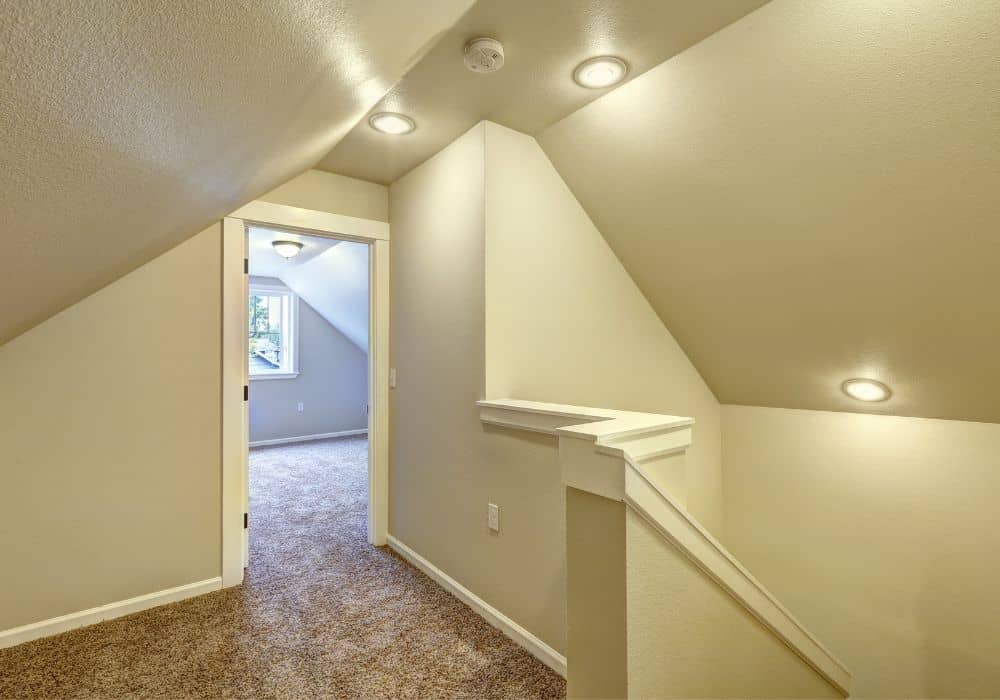
Many homeowners choose to install recessed lighting in their vaulted ceilings in order to add a touch of luxury and increase the resale value of their homes. However, there are several potential drawbacks to this type of lighting.
Perhaps the most significant downside is that it can be difficult and expensive to install. In addition, recessed lighting can lead to moisture and mildew problems if not installed properly.
Finally, because recessed lights are set into the ceiling, they can cause the ceiling to lose heat more quickly than other types of lighting and could even result in a draft where the lights are used.
As a result, homeowners should weigh all of these factors carefully before deciding whether or not to install recessed lighting in their vaulted ceilings.
Alternatives To Recessed Lighting For Vaulted Ceilings
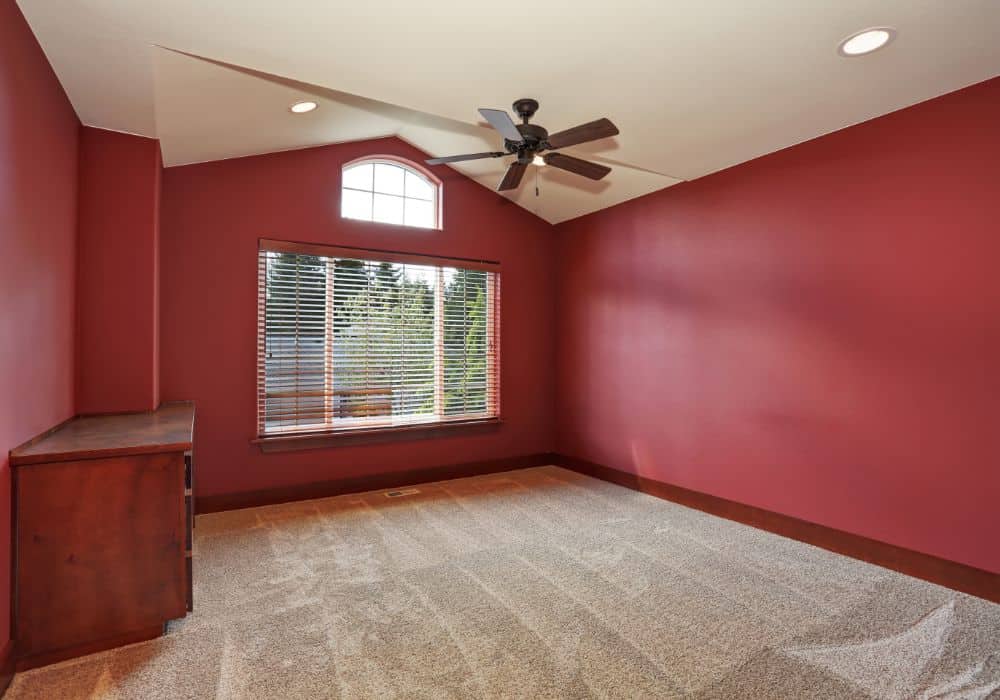
Here are some more good lighting options for your vaulted ceilings if you decide recessed lighting is not right for you.
1. Chandeliers
Chandeliers are often used in vaulted ceilings in order to provide both light and decoration. However, there are several reasons why chandeliers are particularly well-suited for this purpose.
First of all, chandeliers can help to make a space feel more open and airy. The eye is naturally drawn upward when looking at a chandelier, which creates the illusion of more height.
In addition, chandeliers can also help to accentuate the architectural details of a vaulted ceiling. The way that the light reflects off of the various surfaces can create a stunning effect that really makes the space shine.
Whether you’re looking for a functional light fixture or a statement piece, a chandelier is an excellent choice for a vaulted ceiling.
2. Strip lighting
When it comes to lighting a room with a vaulted ceiling, strip lighting is often a great option. Unlike pendant lights or recessed lighting, strip lights can be mounted directly to the ceiling, providing a clean, flush look.
In addition, strip lights provide even illumination, which helps to reduce glare and make the space feel more open and inviting. Another advantage of this type of lighting is that it is relatively inexpensive and easy to install.
So strip lighting is definitely worth considering whether you’re looking to update your home’s lighting or simply want an efficient and attractive way to light a room with a high ceiling.
3. Pendant lights
Pendant lights are a great option for vaulted ceilings, providing targeted illumination without taking up too much space. In addition, pendant lights can help to draw the eye upward, creating the illusion of a taller ceiling.
When choosing pendant lights for a vaulted ceiling, it is also essential to consider the height of the ceiling and the size of the room. For a taller ceiling, choose a light with a longer drop, and for a smaller space, opt for a light with a narrower shade.
By taking these factors into account, you can ensure that your pendant lights complement your vaulted ceiling and help to make your home feel more welcoming.
4. Track lighting
Track lighting is a type of lighting fixture that consists of a rail or track that supports a series of light bulbs.
Track lighting is a versatile option for lighting vaulted ceilings because it can be used to highlight specific areas, create ambiance, and provide task lighting.
Vaulted ceilings can be difficult to light because they are often tall and have irregular angles. Track lighting is a good option for vaulted ceilings because it is adjustable and can be easily directed to specific areas.
In addition, track lighting is available in a variety of styles to complement any décor. For example, track lighting with decorated rails can add a touch of elegance to a vaulted ceiling, while track lighting with spotlights can provide task lighting for activities such as cooking or reading.
When selecting track lighting for a vaulted ceiling, once again, it is important to keep in mind the height of your ceiling. Taller ceilings will require longer tracks, and steeper slopes will require tracks that are closer together.
Conclusion
If you have a vaulted ceiling, recessed lighting is a great option. Not only does it provide even lighting throughout the room, but it also doesn’t take up any space like other kinds of light fixtures might.
If you are still unsure of what type of recessed lighting to use in your home, it would be a good idea to contact a contractor. Contractors who specialize in electrical work can help to determine the best type of recessed lighting for a specific space.
They can also install the fixtures and connect them to the electrical system. As a result, calling a contractor to install recessed lighting is an effective way to ensure that the job is done correctly.
Have you tried recessed lighting in your home? Let us know how you liked it in the comments!
